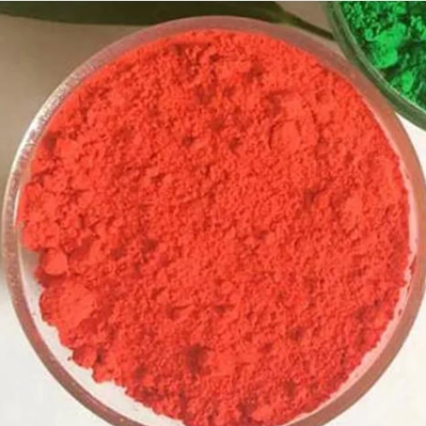What are the different types of pigment powders available?
Pigment powders are an essential element in the world of color and creativity. With a vast array of hues and properties, these powders provide artists, craftsmen, and manufacturers with a broad palette of options to bring their visions to life. In this article, we will delve into the fascinating world of pigment powders and explore the different types available, their characteristics, and their diverse applications.
Inorganic Pigments
Iron Oxide Pigments: Known for their exceptional lightfastness and chemical stability, iron oxide pigments come in various shades of red, yellow, and black. They are commonly used in applications such as coatings, plastics, ceramics, and construction materials.
Titanium Dioxide Pigments: Renowned for their high opacity and bright white color, titanium dioxide pigments are widely used in industries such as paints, coatings, plastics, and cosmetics. They provide excellent coverage and are often utilized to create vibrant, opaque colors.
Chromium Oxide Pigments: With their deep green color, chromium oxide pigments are ideal for applications in ceramics, glass, plastics, and even camouflage paints. They are highly heat-stable and resistant to fading, making them suitable for outdoor use.
Organic Pigments
Azo Pigments: Azo pigments offer a wide range of vibrant colors, including yellows, oranges, and reds. They are widely used in various industries, such as paints, printing inks, textiles, plastics, and automotive coatings. Azo pigments exhibit excellent color strength and are known for their lightfastness.
Phthalocyanine Pigments: Phthalocyanine pigments are valued for their intense and brilliant colors, particularly shades of blue and green. They are extensively used in applications like printing inks, paints, plastics, and textiles. These pigments also exhibit good chemical and lightfastness properties.
Quinacridone Pigments: Quinacridone pigments are known for their exceptional color purity and brilliance. They offer a wide range of shades, including reds, pinks, and violets, and are favored by artists, cosmetic manufacturers, and textile industries.
Specialty Pigments
Luminescent Pigments: Luminescent pigments, also known as phosphorescent or glow-in-the-dark pigments, absorb and store light energy, emitting it gradually in the dark. They are used in applications such as safety signage, novelty items, and artistic creations that require an enchanting glow.
Interference Pigments: Interference pigments create a striking effect by manipulating light to produce iridescent or pearlescent colors. These pigments are commonly used in cosmetics, coatings, plastics, and automotive finishes, adding a captivating visual dimension.
Metallic Pigments: Metallic pigments, such as aluminum, bronze, and copper powders, offer a metallic sheen and lustrous appearance to various products. They are extensively used in automotive coatings, decorative finishes, and crafts.
Conclusion
The world of pigment powders is a kaleidoscope of colors, offering a multitude of options for artistic expression, product enhancement, and creative endeavors. From inorganic pigments known for their stability and durability to organic pigments providing a vibrant spectrum of hues, and specialty pigments adding captivating effects, each type serves a unique purpose across various industries.
Understanding the characteristics and applications of different pigment powders empowers artists, manufacturers, and enthusiasts to unlock their creative potential. By harnessing the power of these pigments, one can infuse their creations with unparalleled vibrancy, depth, and visual appeal, making the possibilities truly endless in the world of color.
215
0
0



Comments
All Comments (0)